Rising Environmental Regulations
The Ferric Sulfate Market is significantly influenced by the tightening of environmental regulations across various regions. Governments are increasingly implementing stringent guidelines to control water pollution and ensure the safety of water supplies. Ferric sulfate is often utilized in wastewater treatment processes to comply with these regulations, as it effectively reduces suspended solids and heavy metals. The market data indicates that the regulatory landscape is expected to become even more rigorous, potentially increasing the demand for ferric sulfate as industries strive to meet compliance requirements. This trend suggests a robust growth trajectory for the Ferric Sulfate Market, as companies invest in sustainable practices and technologies.
Growth in Industrial Applications
The Ferric Sulfate Market is witnessing growth driven by its expanding applications in various industrial sectors. Industries such as paper and pulp, textiles, and mining utilize ferric sulfate for its coagulating properties. For instance, in the paper industry, it is employed to enhance the quality of pulp and reduce waste. Market analysis indicates that the industrial segment is projected to account for a significant share of the ferric sulfate demand, with an expected growth rate of around 5% annually. This trend underscores the versatility of ferric sulfate and its critical role in improving operational efficiencies across multiple sectors, thereby bolstering the Ferric Sulfate Market.
Expansion of the Construction Sector
The Ferric Sulfate Market is poised for growth due to the expansion of the construction sector. Ferric sulfate is increasingly used in construction applications, particularly in soil stabilization and as a flocculant in concrete production. The construction industry is projected to grow at a robust pace, driven by urban development and infrastructure projects. Market forecasts suggest that this sector could see a growth rate of approximately 7% in the coming years. As construction activities ramp up, the demand for ferric sulfate is likely to rise, positioning the Ferric Sulfate Market favorably within the broader context of construction and civil engineering.
Technological Advancements in Production
The Ferric Sulfate Market is benefiting from technological advancements in production processes. Innovations in manufacturing techniques are enhancing the efficiency and cost-effectiveness of ferric sulfate production. For example, the adoption of automated systems and improved chemical processes is leading to higher purity levels and reduced production costs. This evolution in production technology is likely to make ferric sulfate more accessible to a broader range of industries, thereby expanding its market reach. As production capabilities improve, the Ferric Sulfate Market may experience increased competition, which could further drive innovation and lower prices, ultimately benefiting end-users.
Increasing Demand for Water Treatment Solutions
The Ferric Sulfate Market is experiencing a notable surge in demand due to the increasing need for effective water treatment solutions. As urbanization accelerates, the pressure on water resources intensifies, leading municipalities and industries to seek efficient coagulation agents. Ferric sulfate, recognized for its efficacy in removing impurities and contaminants, is becoming a preferred choice. According to recent data, the water treatment sector is projected to grow at a compound annual growth rate of approximately 6% over the next few years. This growth is likely to drive the Ferric Sulfate Market, as more facilities adopt advanced treatment technologies to meet regulatory standards and ensure safe drinking water.


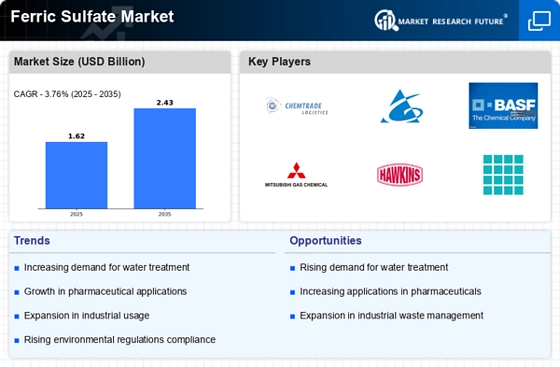
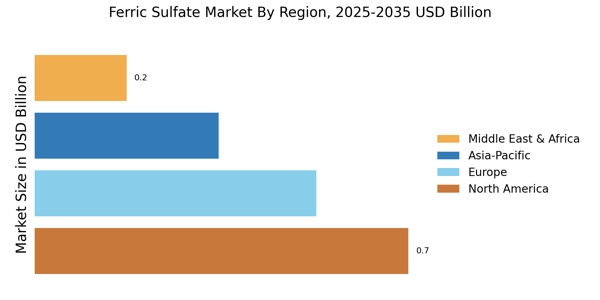

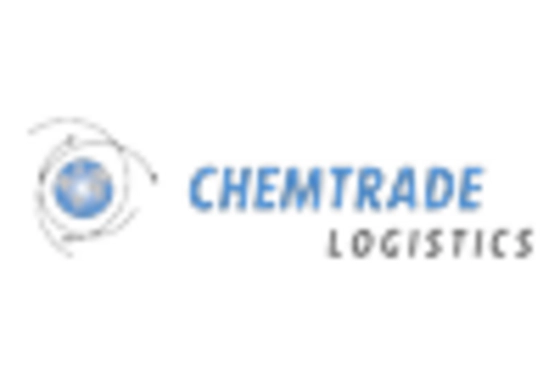
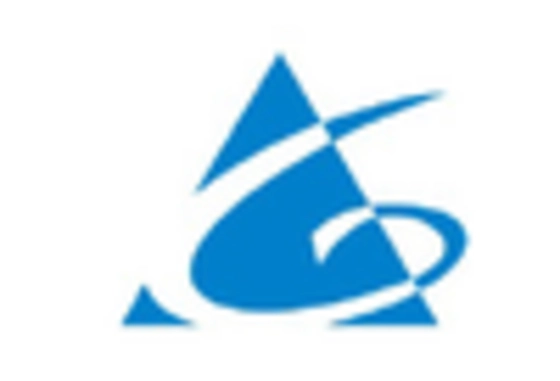

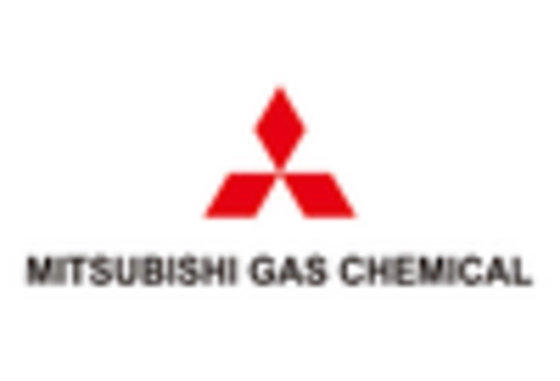
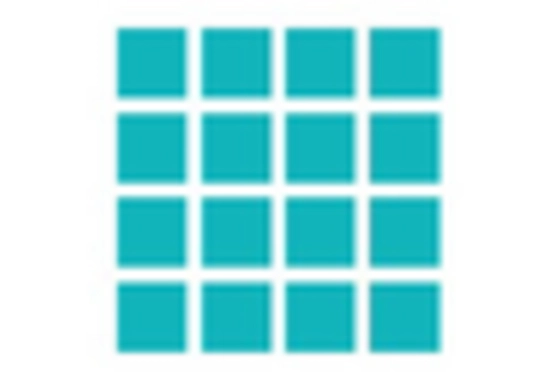








Leave a Comment